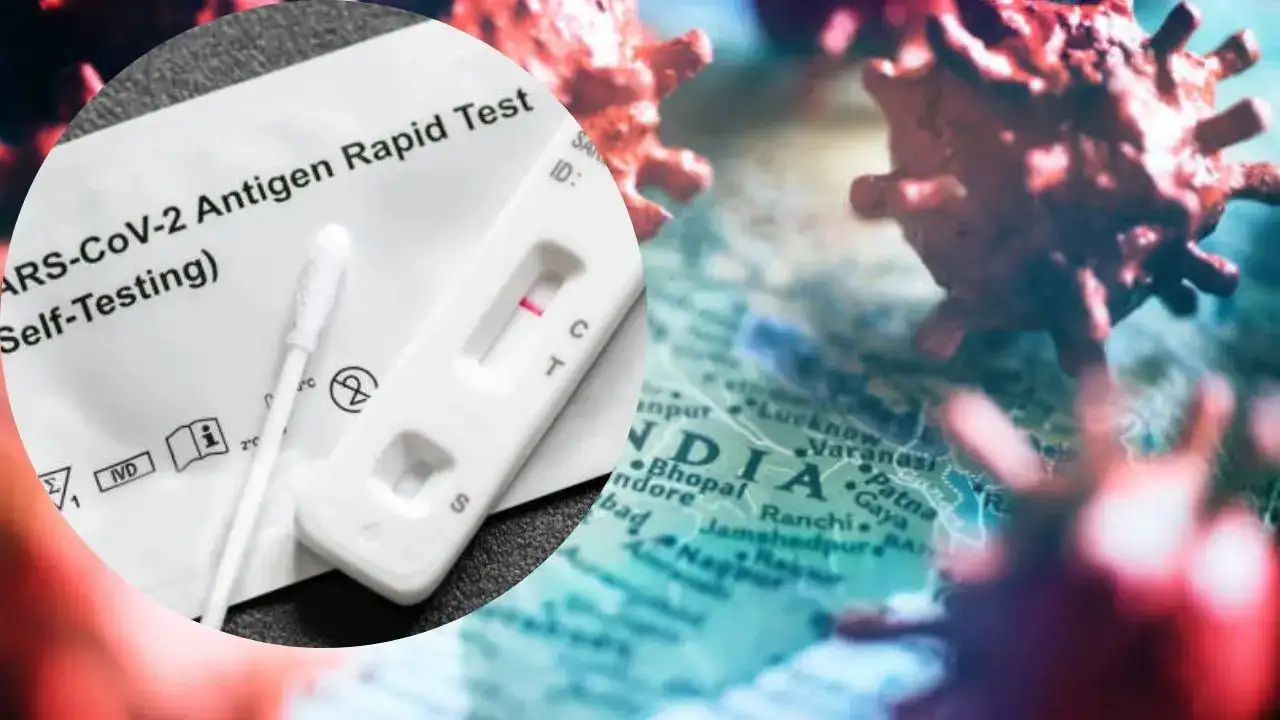
Experts say COVID-19 has now become endemic and the disease will always be present in a population typically throughout the year
Even as COVID-19 cases in India have crossed the 4,000 mark, health authorities are closely monitoring the situation, as hospitalization rates remain low. According to experts, most coronavirus-related deaths are not purely due to the virus but primarily linked to other underlying diseases.
The total cases have climbed to 4,026, with 65 new infections reported in the past 24 hours. Delhi registered 47 fresh cases in the past 24 hours, taking its total Covid-19 tally to 483. Kerala saw 35 new infections during the same period.
According to experts, COVID-19 has now become endemic, which means the disease will always be present in a population, typically throughout the year. “However, even in this, testing for COVID-19 remains relevant. While not every cough, cold, or fever case would indicate a serious issue, it would be important to do a test in case such symptoms persist,” Dr. Kanchan Saraf, general physician and internal medicine specialist at Apollo Clinic, told Times Now.
“Thereby, just like during the pandemic years, it is important to not only take precautions but also do a test to be on the safe side,” she added.
Experts say most people who are infected with the virus today experience only a mild illness. But some are still at risk of severe symptoms and are more likely to be hospitalised. This includes the elderly, those who are immunocompromised by conditions like cancer, and those with health conditions like type 2 diabetes.
Recent surge driven by sub-variants
Doctors say the recent surge is driven by newer sub-variants, which has resulted in localised outbreaks and an increase in hospital admissions, especially among vulnerable populations.
Though the national vaccination coverage is high, breakthrough infections and cases of long COVID-19 are reminders that the pandemic is not over. With increased travel, mass gatherings, and the relaxation of safety practices, the risk of transmission is once again becoming significant. “While the new JN.1 variant is generally mild, it can still cause some discomfort among patients,” said Saraf.
Signs and symptoms of COVID-19
Most of the symptoms are similar to earlier COVID-19 strains, and they include:
- Mild fever
-
Fatigue or tiredness
-
Sore throat
-
Runny or blocked nose
- Cough
- Severe headache
- In rare cases, stomach issues like diarrhoea
“If any of the above symptoms persist for long durations, we recommend visiting the hospital and getting tested immediately. Hospitalized patients with pneumonia must also be tested. Elderly patients who have pre-existing conditions and present with flu-like symptoms should also get tested,” Dr. Saraf added.
Precautions you must take
Experts stress the need to follow good hygiene, which remains one of the simplest and most effective ways to prevent the spread of COVID-19. Here's what you should continue doing in 2025:
Hand Hygiene
Wash your hands regularly with soap and water for at least 20 seconds. If soap and water are not available, use an alcohol-based hand sanitiser with at least 60 per cent alcohol.
Respiratory etiquettes
Always cover your mouth and nose with a tissue or the inside of your elbow when you cough or sneeze. Dispose of used tissues immediately and clean your hands afterward.
Wear masks
Wearing a mask continues to be a frontline defence, especially in crowded and enclosed spaces.
Social distancing
Physical distancing remains crucial in minimising transmission risk. Enclosed and poorly ventilated spaces carry a higher risk of virus spread, so, whenever possible, choose outdoor venues or ensure proper ventilation indoors by opening windows and using air purifiers.
